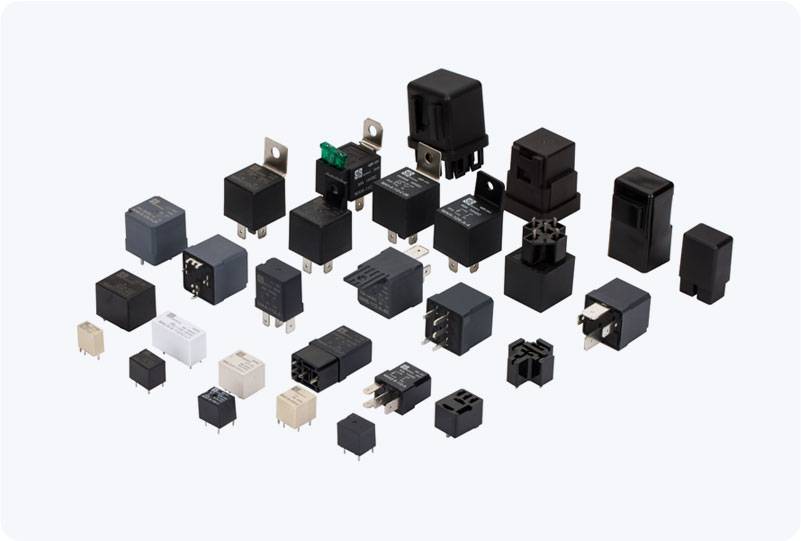A High-Power Relay is a crucial component in modern electrical systems, especially when managing circuits that deal with high current or high voltage. These relays serve as automated switches that control electrical power in various applications, ranging from industrial machinery to automotive systems. In this article, we will delve into the structure, operation, applications, and advantages of High-Power Relays, highlighting their importance in ensuring efficiency and safety in complex electrical circuits.

What is a High-Power Relay? A High-Power Relay is a type of electromechanical switch used to control high-voltage and high-current circuits. Unlike regular relays that handle relatively low-power circuits, high-power relays are designed to manage larger electrical loads. These relays can control large industrial equipment, electric motors, heating systems, or high-current transformers by opening or closing circuits in response to a signal from a low-power control system. High-power relays are designed to handle both high voltage and high current, typically ranging from 100V to 1000V for voltage and 10A to over 500A for current. They are essential in applications where the relay needs to switch large amounts of power without causing electrical arcing or damage to the system.